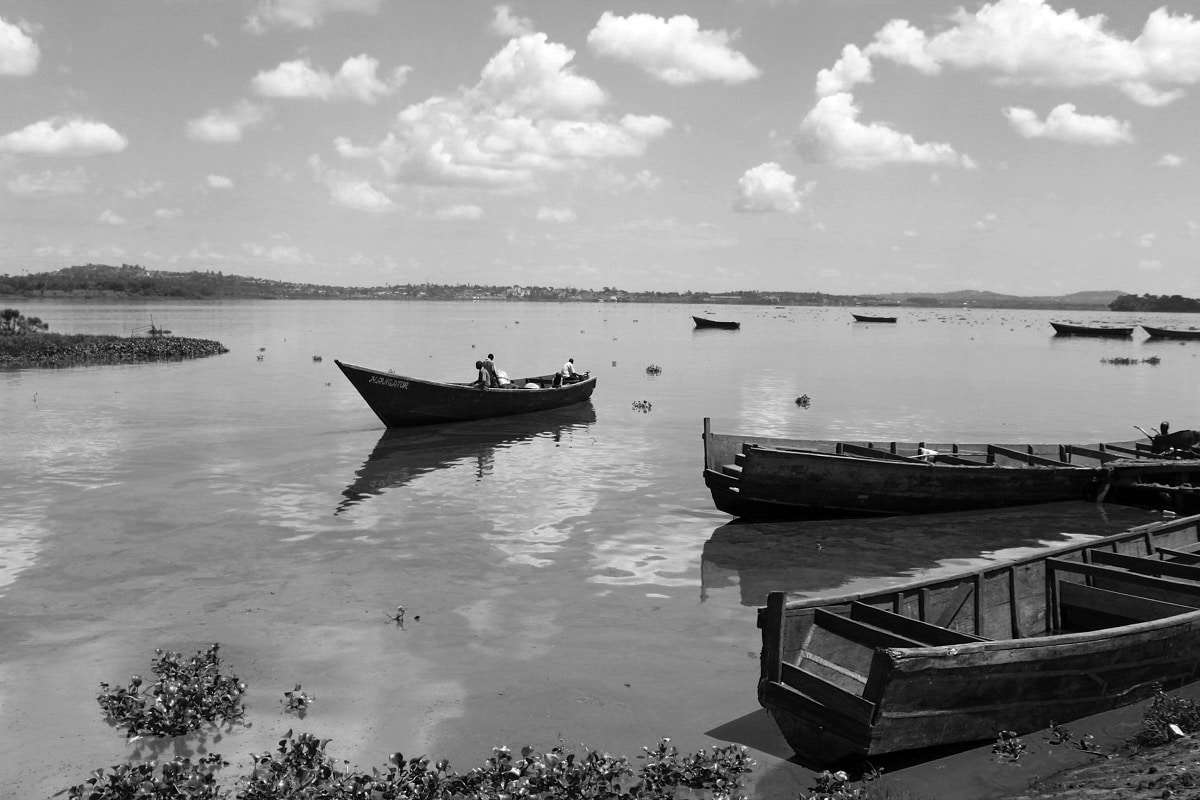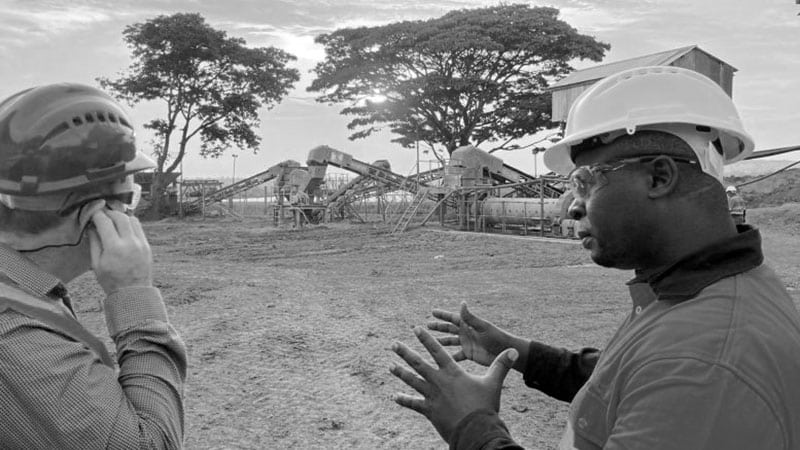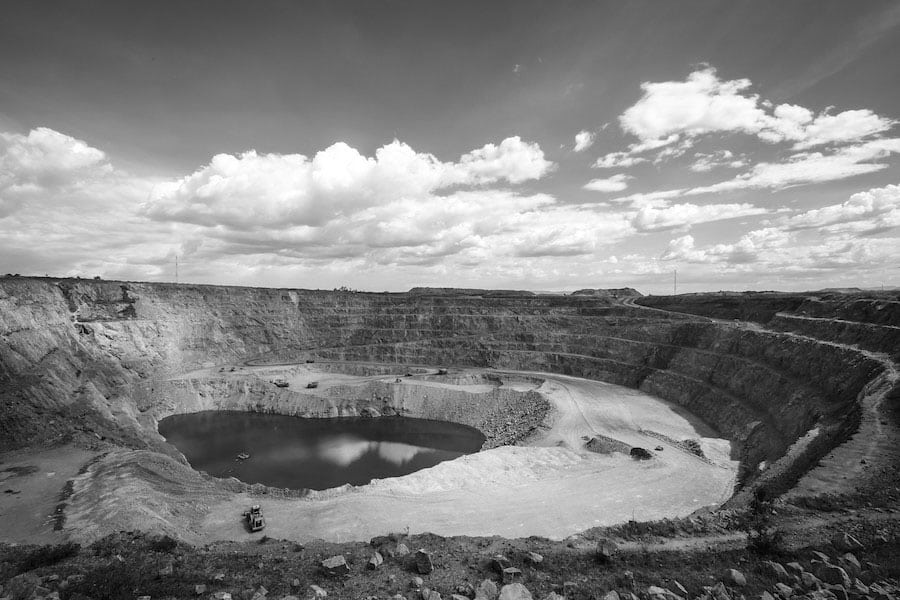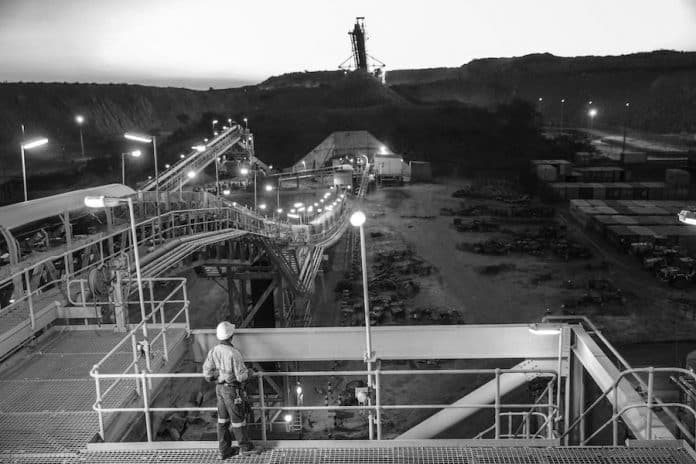Gold Mining in Tanzania – Production and Export Insight
It is estimated that Tanzania has a gold reserve of 45 million oz. Much of gold mining areas in Tanzania has been concentrated on the greenstone near Lake Victoria, where many huge deposits have been found already and are being improved.

Gold Production in Tanzania
Statistics show that Gold mining in Tanzania amounted to 48.4 tonnes of gold in 2019, this is from both professional large scale and artisanal gold mining in Tanzania. This figure represents an increase in the 39.3 tonnes produced in 2018. Over the previous 25 years, Tanzania’s gold production rose by over 700 percent from 5 to 40 to 50 tonnes per year. In comparison, South Africa’s gold production nose-dived from more than 500 tonnes in 1990 to 117 tonnes in 2018.
Exportation of Gold in Tanzania
Revenue from gold mining in Tanzania made up $2.2 billion of the country’s total export in 2019. This figure rose to $2.9 billion in 2020, which represented more than 90 percent of Tanzania’s total mineral exports. In the last five years, Tanzania’s gold export witnessed an 83 percent increase for a revenue of $1.2 billion in 2015. Switzerland, South Africa and India are the major importers of Tanzania’s gold.
List of Gold Mining Companies in Tanzania and Deposits
Bulyanhulu Gold Deposit
Managed by Barrick Gold, the Bulyanhulu gold deposit is located 55km south of Lake Victoria in the Shinyanga province of northwestern Tanzania. It started commercially producing in 2001 and has confirmed and presumed supply of 2.2 million ounces. Based on its confirmed and presumed gold supply of 6.1 million ounces, the mine presently has an estimated 16-year lifespan. Barrick churned out 27,000 ounces of gold from Bulyanhulu in 2019. It is estimated that Bulyanhulu will produce between 30,000 and 50,000 gold ounces in 2020.
Buckreef Gold Deposit
The Buckreef gold deposit is a component of the Buckreef gold programme. It is situated in northcentral Tanzania, 110km southwest of Mwanza and immediately south of Lake Victoria. The inoperative Buckreef gold deposit and four other prospects with confirmed mineral deposits –Bingwa, Buckreef, Tembo and Buziba- are all parts of the Buckreef project area. In December 2010, the Tanzanian State Mining Company sold off the project. In line with a Heads of Term finalized with STAMICO, the Tanzanian Gold Corporation is entitled to earn an interest of 55% in Buckreef while STAMICO holds the remaining. In June 2020, The Tanzanian Gold Corporation revealed that they had attained a commercial level of gold production at the oxide ore refining factory at the Buckreef Project. According to estimates, the Buckreef gold deposit contains 19.2 tonnes of confirmed and presumed gold supply. It has an estimated 16-year lifespan and a calculated yearly production of 51,000 ounces.

Buzwagi Gold Deposit
Located in the Shinyanga province of northwestern Tanzania, Buzwagi is an open-pit gold deposit. It is situated 6km southeast of Kahama. Barrick Gold also manages it. Buzwagi started producing commercially in 2009. To date, Buzwagi has churned out more than 1 million ounces of gold. Based on its confirmed and presumed gold supply of 140,000 ounces, the deposit is nearing the end of its lifespan. Barrick churned out 83,000 ounces of gold from Buzwagi in 2019. Production volume for 2020 is estimated between 80,000 and 100,000 ounces.
Geita Gold Deposit
Located in the Geita province of northwestern Tanzania, Geita is an open-pit gold deposit. It became operational in 2000 as a partnership between Ashanti and AngloGold. Following the 2004 merger of the two organizations, the gold deposit became entirely owned by AngloGold Ashanti. The Geita gold deposit has churned out more than 3 million ounces of gold since 2000. As of the end of 2019, confirmed and presumed gold supply stood at 13.4 tonnes. In 2010, the mine’s lifespan was estimated to be above ten years. AngloGold Ashanti produced 604,000 ounces of gold out of Geita in 2019.
Golden Pride Gold Deposit
Golden Pride is a defunct open-pit gold deposit. Located in the Tabora province of Tanzania, an Australian drilling firm, Resolute, started constructing the mine in 1997. They operated the mine till its closure in 2013 after 15 years of production. During its lifespan, the mine produced a total of over 2.2 million ounces of gold. Kirondatal, Tulawaka and Sekenke are other defunct mines in Tanzania.
New Luika Gold Deposit
New Luika is an operational gold deposit located in the Mbeya province of Tanzania. Shanta Gold is the sole owner of the mine. They started extracting gold in the mine in 2012. Currently, the mine has a 5-year estimated lifespan. The mine’s total proven and presumed gold supply is estimated at 3.6 tonnes. New Luika produces 80,000 ounces of gold per year.

North Mara Gold Deposit
North Mara is a mixed underground and open-pit gold deposit. Located in the Mara province of Tanzania, Barrick Gold operates it.
In 2002, Commercial production began at North Mara. The mine has churned out more than 2 million ounces of gold to date.
As of 2017, the mine has an estimated lifespan of 9 years based on confirmed and presumed gold supply of 2 million ounces.
It is estimated that North Mara has a total confirmed and presumed gold supply of 1.7 million ounces.
Barrick Gold churned out 251,000 ounces of gold from North Mara in 2019. It is projected that the mine will produce between 240,000 and 270,000 ounces in 2020.
Gold Refining
Tanzania commissioned the Mwanza Precious Metal Refinery in June 2021. MMPR is the country’s first-ever refining plant. MMPR can extract 480 kg per day of 999,9 pure gold and 60 kg per day of silver.
For more articles on Minerals in Tanzania click here!

































